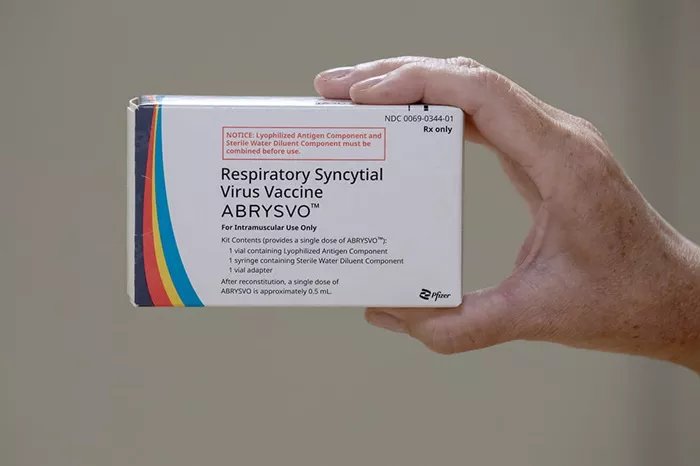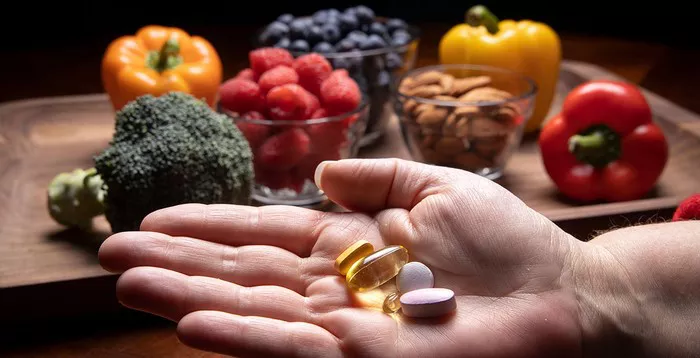You step outside on a sunny afternoon, brush against some leaves while gardening or hiking, and by the next morning, your skin is red, itchy, and covered in blisters. You didn’t feel anything unusual at the time, so what happened? Welcome to the world of plant allergy rashes—a surprising but common reaction that can catch anyone off guard.
Plant allergy rashes are skin reactions triggered by direct contact with certain plants. They’re more than just a minor nuisance. In many cases, they can cause severe itching, burning, blistering, and long-term skin sensitivity. Understanding what these rashes look like, how to recognize them, and what to do about them is essential if you spend any time outdoors, even in your own backyard.
What Causes a Plant Allergy Rash?
A plant allergy rash usually occurs due to skin contact with allergenic plants that contain irritating oils or chemicals. The most infamous among them are poison ivy, poison oak, and poison sumac. These plants produce an oily substance called urushiol, which is found in their leaves, stems, and roots. Even the tiniest amount of urushiol on your skin can cause a powerful allergic reaction.
But these aren’t the only culprits. Some people also react to other plants like ragweed, nettles, chrysanthemums, or even certain citrus trees. These reactions can vary depending on the person’s immune sensitivity, the type of plant, and how long the skin was exposed. It doesn’t always take a lot of contact. Brushing against a leaf or even touching contaminated clothing can be enough to trigger a rash.
Early Signs You’ve Had a Reaction
The earliest signs of a plant allergy rash don’t always appear right away. In fact, symptoms may not show up until 12 to 72 hours after exposure. The delay often causes confusion, making it hard to identify the source.
At first, you might notice a faint itch or tingling on your skin. Then, redness sets in, followed by swelling. As the reaction progresses, small bumps or blisters begin to form. These blisters can ooze clear fluid and eventually crust over. The rash often spreads in streaky or linear patterns—these follow the path where the plant brushed against your skin.
What Does a Plant Allergy Rash Look Like?
A plant allergy rash can vary in appearance depending on the type of plant and your skin’s sensitivity. Still, most cases share a few common traits that can help you identify them.
The rash often begins as red, itchy patches that quickly develop into raised bumps or fluid-filled blisters. These blisters can group together, forming large patches that may look raw or inflamed. In some cases, the skin may become scaly, cracked, or peel as the rash heals.
One telltale sign is the shape and layout of the rash. Because contact with the plant is usually linear—like brushing your arm through a bush—the rash often appears in straight lines or streaks. You might see multiple lines of irritation that mimic the shape of the plant or how it touched your skin.
Poison Ivy, Oak, and Sumac: The Main Offenders
Among all plant-induced rashes, poison ivy is the most well-known. Poison ivy has three almond-shaped leaflets and can grow as a vine or shrub. Its urushiol oil is extremely potent. After contact, symptoms usually start within a day, and the rash can last up to three weeks.
Poison oak resembles poison ivy but tends to have more rounded leaves and usually grows in shrub form. It’s common in the western U.S. Poison sumac, on the other hand, has clusters of 7 to 13 leaflets and grows in swampy or wooded areas. It’s less common but can cause even more severe rashes.
The symptoms caused by these plants are nearly identical. Redness, swelling, itching, and blisters that form in lines or patches are all common. The discomfort can be intense, and the urge to scratch may feel overwhelming. But scratching can open the skin, increasing the risk of infection and slowing healing.
Other Plants That Can Cause Skin Reactions
While poison ivy, oak, and sumac are the most infamous, they’re not the only plants that can irritate the skin. Many others can cause allergic contact dermatitis or mechanical irritation.
Stinging nettle is a plant that delivers a painful sting with its tiny, needle-like hairs. The result is an immediate burning sensation followed by red, swollen welts. Chrysanthemums, often found in gardens, contain allergens that may cause itching, rash, and skin inflammation.
Ragweed, better known for causing hay fever, can also trigger skin rashes in sensitive individuals. Some citrus plants, like the leaves or peel of limes and lemons, can cause a condition called phytophotodermatitis. This occurs when the skin comes into contact with plant chemicals and is then exposed to sunlight. The result is a red, blistering rash that may later darken into brown patches.
Even some houseplants, like the fiddle-leaf fig or dieffenbachia (also known as dumb cane), can cause irritation if their sap touches the skin. The reaction might not be immediate, but over time, repeated exposure can lead to rash, burning, or itching.
Who’s Most at Risk?
Not everyone reacts the same way to plant allergens. Some people are naturally more sensitive, and others may develop sensitivity after repeated exposures. Children are often at greater risk because they tend to play outside and may not recognize harmful plants. Gardeners, hikers, and outdoor workers are also more likely to come into contact with irritant plants.
Interestingly, even if you’ve touched poison ivy in the past without a reaction, you can still develop an allergy later. Sensitization can build over time. Once your immune system recognizes urushiol as a threat, future exposures will likely result in a rash.
People with eczema or sensitive skin may also be more vulnerable to irritation. Cuts, scrapes, or dry skin can make it easier for the plant’s oils to penetrate and cause a reaction.
How to Treat a Plant Allergy Rash
If you suspect you’ve touched an allergenic plant, quick action can minimize the severity of the rash. The first step is to wash the affected area with soap and cold water as soon as possible. Cold water is better because hot water can open pores, letting more oil in.
You should also wash your clothes, shoes, and anything else that may have come into contact with the plant. Urushiol can linger on surfaces for days or even weeks, and touching it again could restart the reaction.
Once a rash appears, treatment focuses on relieving symptoms. Over-the-counter hydrocortisone creams, calamine lotion, or antihistamines can help reduce itching and swelling. Taking cool oatmeal baths or using cold compresses can also provide relief.
In more severe cases—where blisters are widespread, or the rash affects the face or genitals—a doctor may prescribe oral corticosteroids. If the rash becomes infected from scratching, antibiotics may be needed.
When to See a Doctor
While many plant rashes clear up on their own in one to three weeks, some situations call for medical attention. If the rash is near your eyes, mouth, or genitals, or if it’s spreading rapidly, you should see a healthcare provider.
Signs of infection—such as pus, increased pain, swelling, or fever—are also red flags. And if you have difficulty breathing or swallowing, seek emergency care immediately. This could signal a rare but serious allergic reaction that needs urgent treatment.
How to Prevent Reactions
The best way to avoid a plant allergy rash is to learn how to recognize and avoid allergenic plants. Familiarize yourself with what poison ivy, oak, and sumac look like in your region. Smartphone apps and field guides can help with identification.
Wear protective clothing—long sleeves, pants, and gloves—when working in the garden or hiking in wooded areas. Barrier creams, such as products containing bentoquatam, can also provide a protective layer against urushiol.
Always wash thoroughly after outdoor activity, even if you don’t think you touched anything harmful. Teach children how to identify dangerous plants and to never touch unknown leaves or vines.
Keeping your yard clean by removing known irritant plants and avoiding burning brush that might contain poison ivy (which can cause severe lung irritation when inhaled) are also crucial safety measures.
Myths About Plant Rashes
Many myths surround plant allergy rashes, and believing them can make things worse. One common myth is that the rash is contagious. It’s not. You can’t spread poison ivy rash from person to person. What can spread is urushiol oil if it’s still on someone’s skin or clothes.
Another myth is that scratching the rash spreads it. Scratching can make the rash worse and increase the risk of infection, but it doesn’t cause it to spread unless urushiol is still on your hands.
Some people believe they’re immune to poison ivy because they’ve never reacted to it. However, as mentioned earlier, immunity can change. The more times you’re exposed, the greater your risk of developing sensitivity.
Conclusion
A plant allergy rash is one of nature’s hidden traps. It can sneak up on you days after a simple brush with a leaf and cause a week or more of discomfort, swelling, and itching. But knowing what the rash looks like—and what causes it—gives you the power to protect yourself and your family.
From the red, blistered streaks of poison ivy to the burning sting of nettles, plant rashes come in many forms. But with awareness, prevention, and prompt treatment, you can enjoy the outdoors without falling victim to an itchy surprise. When in doubt, wash up, watch for signs, and never ignore a rash that’s growing worse. Nature might bite, but now you know how to bite back.
Related Topics

































